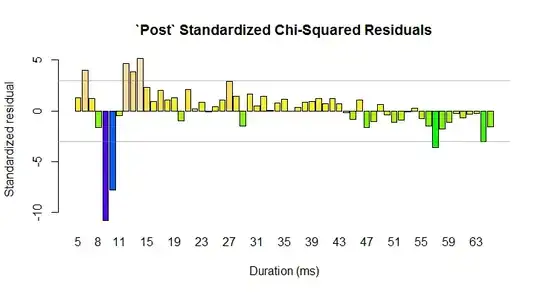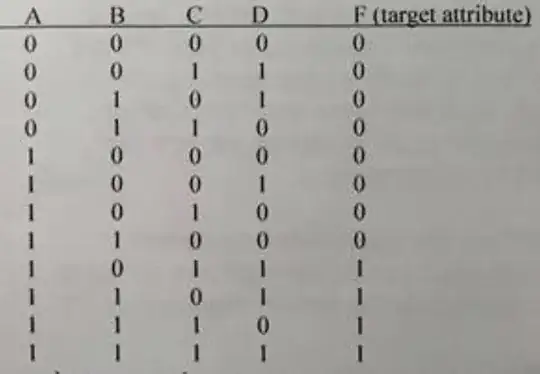I want to know if it is linearly separable (fully separable).
I want to use this rule, but I'm not sure if it's correct:
Make $X'$ - matrix with d+1 column of all 1's. Then using Gauss-Jordan elimination, and if I get a solution - the data is linearly separable. Else - the data is not linearly separable.
I understood it from this presentation:

Using matrix calculations I got that this system is inconsistent $=>$ not linearly separable.
Is this true? This data is linearly separable? The rule I'm using is ok?
